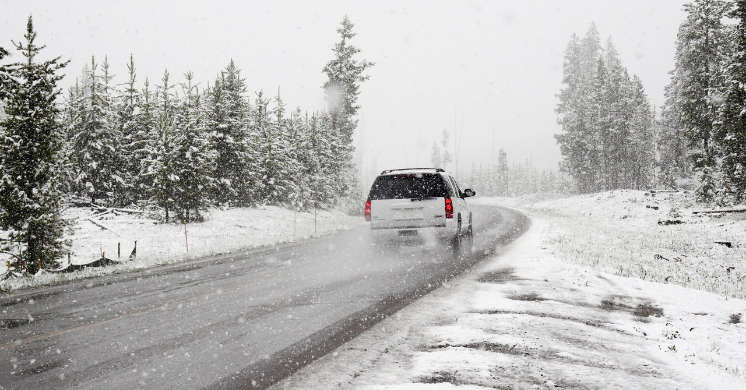
Cruise control is a popular feature in vehicles, often used on trips when the road seems to go on forever. If used in wet or slippery conditions however, cruise control can cause a very dangerous situation.
We’ve all experienced that fearful moment while driving in wet conditions when we can’t seem to steer and our vehicle feels like it’s riding on air. This condition is called hydroplaning and it’s created when our tires can’t tread through surface water fast enough and they lose contact with the pavement.
Since driving at a slower and consistent speed is known to reduce the risk of hydroplaning, many drivers use their cruise control in wet conditions. This can be a deadly mistake.
Cruise control allows you to maintain a pre-selected speed and it constantly makes throttle adjustments in order to accomplish this. If your vehicle starts to hydroplane while in cruise control, your tires will spin more quickly, causing your vehicle to accelerate. When your tires regain traction with the pavement, you could lose control of your vehicle since you’re now travelling at a higher rate of speed.
One of our clients experienced this last year when he unknowingly used his cruise control in snowy conditions. When his tires regained traction with the road, he lost control and his vehicle flipped onto its roof. Luckily he wasn’t seriously injured.
Please remember to never engage your cruise control in wet conditions. If you happen to experience hydroplaning, take your foot off the gas, don’t brake and gently steer into the direction your car is traveling. You should also avoid changing lanes or passing other vehicles in slippery conditions.
Please be safe on the roads.